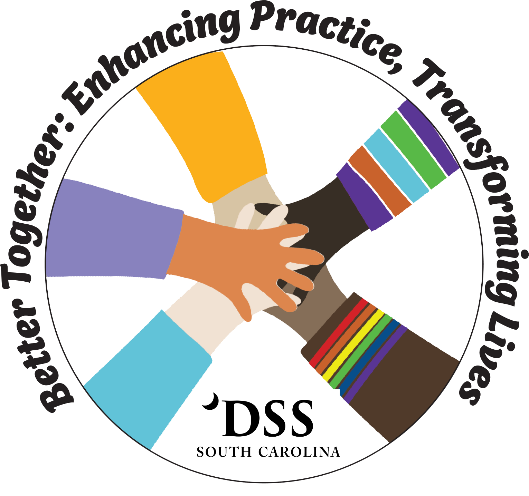Can I adopt an infant from DSS?
The truth is that limited infants come through DSS for adoption and birth mothers don’t typically surrender their newborns to DSS. If a newborn comes into custody, DSS attempts to place the baby with relatives to reduce trauma to the child.
I want to know more about a child featured online who is available for adoption and from SC.
You can reach out to the statewide adoption coordinator at adoptioninquiry@dss.sc.gov.
Can I meet the child I have seen featured online to help me decide if I want to adopt him or her?
No. There isn’t a meeting until you are selected as a potential adoptive parent for that child or sibling group.
Why wouldn’t I be selected to parent a child I have identified online?
We really focus on the child – his or her needs, personality, desires, fears, and hopes. Not being selected for a particular child isn’t so much about you, but about identifying the right parent for the right child.
Why does DSS need so much information from me and about me?
We need to know your past, your childhood, your past traumas, if any. We need to know your history of relationships and past commitments and how those relationships ended so we know enough about how you will relate to the child and his or her own special needs and history.
What are the steps to a public adoption?
- If you are not already a licensed foster parent in the state of South Carolina, you must apply to become an adoptive parent through Heartfelt Calling.
- Attend a potential adoptive parent orientation through Heartfelt Calling where you will receive a lengthy packet of paperwork, which includes medical forms for all household members.
- You and anyone in the home over the age of 18 must have FBI fingerprints, SLED, and Central Registry checks. Anyone age 12 and older must have South Carolina and National Sex Offender checks completed.
- Attend Preservice and Adoption Specific Training, click here.
- Have a walk-through of your home followed by a Fire/DHEC inspection.
- Once all your background checks, paperwork, and inspections are completed you will be assigned to a Certified Investigator (CI) to complete your adoption home study.
- The CI submits your home study to the Region for approval or denial.
- If approved, your family can now be considered as we search for forever families for our children.
- Once you are matched with a child, youth, or sibling group, you will be given an opportunity to hear details related to the background of the child, youth or sibling group.
- After reviewing background information, should you decide to proceed, an introductory visit between you and the child, youth or sibling group will be scheduled.
- Transitional visits will then be scheduled, these will vary depending on how the transition of the child, youth and sibling group is going. Once final adoptive placement occurs, there is a monitoring period and post-placement reporting requirements prior to finalization.
- Finalize the adoption in Family Court!
Is there a maximum or minimum age to become an adoptive parent?
The minimum age to be an Adoptive Parent is 21. There is no maximum age.
Who Initiates the adoption assistance agreement?
The regional adoption specialist will begin the negotiation process with the family for families who adopt through DSS, but for families who are applying for subsidy/nonrecurring for their privately adopted child, they would go through the State Adoption Office directly.
Who makes the final determination on an adoption assistance agreement?
The state office must give final approval to negotiations made between the family and the regional adoption specialist.
What benefits can a child/family receive if they do a public adoption?
A child/family who completes a public adoption can receive adoption assistance and adoption preservation services.
- Adoption assistance programs are designed to help parents meet the needs of children they adopt from foster care. Children can qualify for federal adoption assistance or state assistance, depending on the child’s eligibility determination and history.
- Adoption Preservation Services are available to families who have finalized a public adoption through any state.
- These services are limited, and some are dependent upon funding, availability, and what state the child was adopted from.
What benefits can a child/family receive if they do a private domestic adoption?
A child/family who completes a private domestic adoption may be eligible for some adoption assistance from DSS. There are limitations on what is available and is determined on a case-by-case basis and eligibility requirements.
Does SC have a state adoption tax credit?
South Carolina does not have a state adoption tax credit, but families may be eligible for a $2,000 income deduction on their South Carolina individual income tax return (line u on the SC 1040) if they have adopted a child with special needs and they claim the child as a dependent on their federal tax return. Families must attach a copy of the letter they received at the time of adoption from SC DSS that certifies the adoptee as a “special needs child”. Adoptive families are encouraged to speak with a Tax Professional to find out what is considered qualified adoption expenses.

